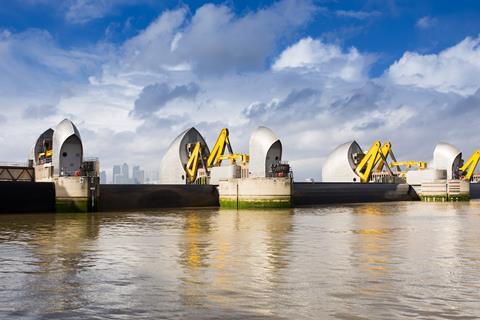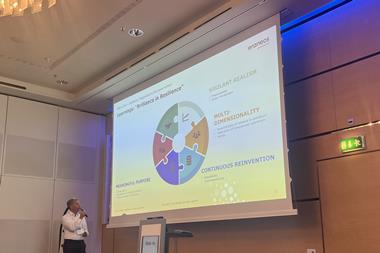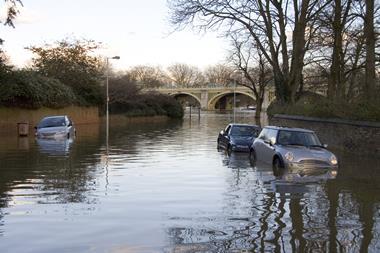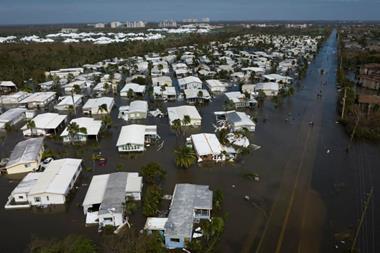Approach from Mott MacDonald and the Coalition for Climate Resilient Investment will attract investment adaptation
Mott MacDonald and the Coalition for Climate Resilient Investment (CCRI) have unveiled an approach that enables asset owners and investors to accurately understand the exposure of critical infrastructure to climate risks.
Developed to address the massive resilience gap in financing, the Physical Climate Risk Assessment Methodology (PCRAM) is a global practitioner’s guide that supplies the practical tools to identify and assess the resilience of infrastructure assets.
PCRAM also demonstrates the positive returns from investment in climate resilient assets that are essential to incentivise and scale up private sector engagement.
Attracting more investment
Investment in resilience lags well behind the financing of climate mitigation.
According to the Climate Policy Initiative (CPI), total spending on climate finance during 2019-2020 reached $632 billion, with mitigation finance accounting for $571 billion, compared to just $46 billion on adaptation and resilience; significantly less than what is required to meet the challenges posed by climate change, according to the CPI.
Carlos Sanchez, executive director, Coalition for Climate Resilient Investment, said: “There is huge appetite from the private sector to invest in resilience. What has been missing so far are the tools to invest with confidence.
”Our methodology looks at specific infrastructure risks and how they will affect asset performance, life cycle and maintenance. We can then present a solid business case for resilient investment, unlocking the finance needed to protect vulnerable communities from the impacts of climate change.”
PCRAM uses new methodology that gives infrastructure owners and operators the means to evaluate physical climate risks to infrastructure and analyse their long-term impact on asset performance.
This capability ensures climate risk assessment is integral to adapting infrastructure assets - from asset design on day one and through the entire life cycle of the project - leading to significant reductions in the cost of future climate adaptation measures and improvement in the quality of revenue streams.

Thames flood barrier
Calculating the ‘resilience dividend’
For the first time, PCRAM also brings together climate data providers, resilience practitioners, asset managers and investors to assess and quantify physical climate risks.
Mott MacDonald tested the methodology on five real-world infrastructure assets, including a nearshore wind farm in South East Asia and a hydropower plant in Africa, with each case delivering a ‘resilience dividend.’
Denise Bower, executive director at Mott MacDonald, said: “We set out to create a framework that enable public and private sector infrastructure investors to assess their exposure to climate physical risks, quantify this exposure and improve their asset performance.
”What we found is that investing in resilience leads to better outcomes, better performance, less downtime, less maintenance and, most importantly, fewer negative impacts on the communities that infrastructure serves.
“All of this means a higher rate of return for investors and is a powerful tool for building the case for resilience. This is vitally important work. Even if we do manage to limit global warming to 1.5°C, we will still see decades of continued changes to our climate that will result in immense economic shocks and loss of life if we are not prepared.”




















No comments yet